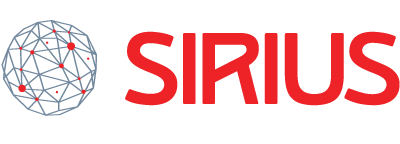BIGMED
The precision medicine approach, also called personalized medicine, can improve the quality of patient care and increase safety. This approach to medicine refers to the way healthcare providers offer and plan specific care for their patients. Tailored treatments and diagnostics are based on the genes, proteins, and other substances in a person’s body.
The work in BIGMED was organized through four clinical areas: rare diseases, colorectal cancer, sudden cardiac death and frostbite. Solutions suggested by BIGMED have been based on the clinical needs identified in each disease area and focus on the following themes: digital technologies, ICT infrastructure and data provisioning, legal and ethical issues, bioinformatic pipelines and data sharing solutions for genomics.
For precision medicine to reach its full potential, we need supporting infrastructure to facilitate the flow and use of data. SIRIUS addressed goals related to semantic data integration within the area of rare diseases.


